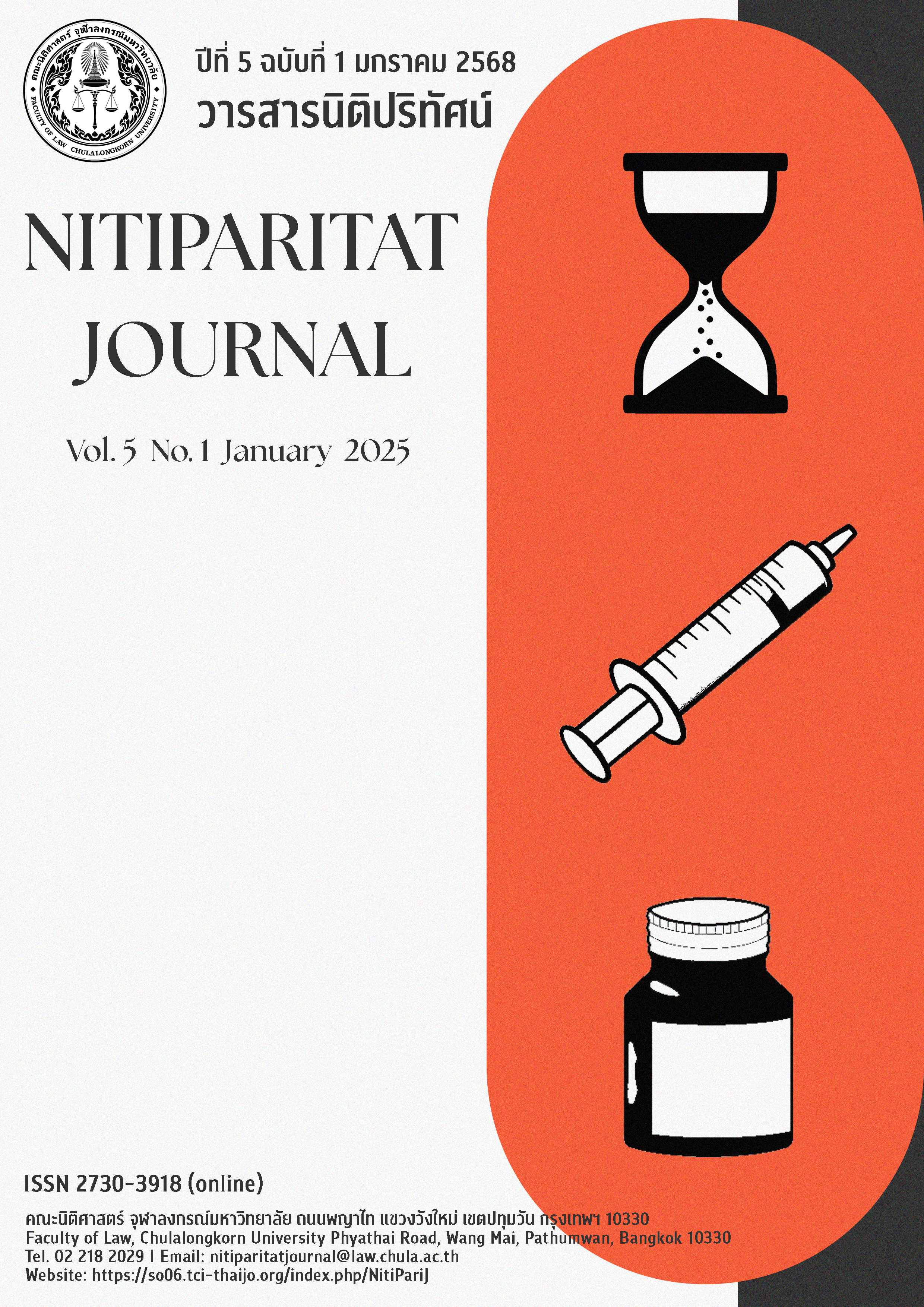The Right to Assisted Suicide: A Jurisprudential Analysis on the Rulings of The European Court of Human Rights
Keywords:
Jurisprudence, Right to Assisted Suicide, Right to Life, Right to Private Life, European Court of Human RightsAbstract
The European Convention on Human Rights acknowledges, The Right to Life by articulating in Article 2 of the Convention that the lives of individuals be protected by law, member states have the duty to ensure that no person be deprived of their life by unlawful means.
Inquisitively, a number of individuals have asserted claims against the state before the European Court of Human Rights regarding the ‘Right to Assisted Suicide’ on grounds of the Right to respect for private life under Article 8 of the same convention, which restricts state interference in regard to the individual’s liberty and personal autonomy.
Interestingly, the rulings of the ECtHR had progressively shifted from declaring them inadmissible with regards to the state’s duty under Article 2, to recognizing that claims of such a right could fall in the scope of Article 8. This paradigm shift in the Court’s reasoning has raised concerns, primarily about the conflicting interests between the state’s duty to protect life and the individual’s personal autonomy, and subsequently on the role of the judiciary in the establishment of new legal norms through the adjudication process; the acclaimed ‘Right to Assisted Suicide’.
This paper intends to provide an analysis on how the ECtHR’s altered stance on its rulings could be understood through a jurisprudential point of view, involving two contrasting concepts in jurisprudence: H.L.A Hart’s Rule of Recognition, and Ronald Dworkin’s Rights Thesis., despite their difference in methodologies, an Despite their contrasting nature, both theories can provide an explanation of how the judicial decision-making process functions in a legal penumbra, which , be used to justify thereby grounding jurisprudential action for legal decisions in difficult cases such as the same rulings of ECtHR’s. This phenomenon of contradicting theories leading to the same outcome must be highlighted on the asserted ‘Right to Assisted Suicide’ Therefore, the probability of deviating outcomes resulting from the implementation of legal theories must be highly considered and understood, especially in the field of jurisprudence where outcomes of judicial decisions have direct impact on individual rights.
References
Cossey v. the United Kingdom App no 10843/04 (ECtHR, 27 September 1990)
D. Sartori, ‘End-of-life issues and the European Court of Human Rights. The value of personal autonomy within a ‘proceduralized’ review’ (2018) 52 QIL 23.
E. Orts, ‘Positive Law and Systemic Legitimacy: A Comment on Hart and Habermas’ (1993) 6(3) Ratio Juris 245.
European Convention on Human Rights art 1.
European Convention on Human Rights art 2.
European Convention on Human Rights art 2.1.
European Convention on Human Rights art 8.1.
European Convention on Human Rights at Preamble.
G. Dajović, ‘Hart’s Judicial Discretion Revisited’ (OpenEdition Journals) <http://journals.openedition.org/ revus/9735> accessed 28 May 2024.
Gross v. Switzerland App no 67810/10 (ECtHR, 14 May 2013) (Second Section).
H. Kelsen, Introduction to Problems of Legal Theory (Clarendon Press 1992).
Hass v. Switzerland App no 31322/07 (ECtHR, 20 January 2011) (First Section).
HLA Hart, The Concept of Law (3rd edn, Oxford University Press 2012).
HLA Hart, The Concept of Law (Oxford University Press 1961).
J. Akandji-Kombe, Positive obligations under the European Convention on Human Rights: A guide to the implementation of the European Convention on Human Rights (Council of Europe Human Rights Handbook Series No.7, Council of Europe 2007).
J. Raz, The Authority of Law: Essays on Law and Morality (Oxford University Press 1979).
Koch v. Germany App no 479/09 (ECtHR, 19 July 2012).
M. La Torre, ‘The Hierarchical Model and H. L. A. Hart’s Concept of Law’ (2013) 21 Revus 141.
Michigan Law Review, ‘Dworkin’s “Rights Thesis”’ (1976) 74 Mich.L.Rev. 1167.
O. Cox, ‘The Meaning of Law in The Concept of Law’ (1999) 24 Australian Journal of Legal Philosophy 145.
Paul Edwards, ‘Problems of the Philosophy of Law’ (1967) 6 ENCYC. OF PHILOSOPHY 264.
Pretty v. the United Kingdom App no 2346/02 (ECtHR, 29 April 2002) para 61.
Pretty v. the United Kingdom App no 2346/02 (ECtHR, 29 April 2002) para 66.
Pretty v. the United Kingdom App no 2346/02 (ECtHR, 29 April 2002)
Pretty v. the United Kingdom App no 2346/02 (ECtHR, 29 April 2002) paras 37-42.
R. Dworkin, ‘Hard Cases’ (1975) 88 HLR 1057.
R. Dworkin, ‘The Model of Rules’ (1967) 35(1) U.Chi.L.Rev. 14.
R. Dworkin, Taking Rights Seriously (Harvard University Press 1977).
R. Sartorius, ‘Social Policy and Judicial Legislation’ (1971) 8(2) American Philosophical Quarterly 151.
R. Wacks, Understanding Jurisprudence (3rd edn, Oxford University Press 2012).
S. Sharpiro, ‘The “Hart-Dworkin” Debate: A Short Guide for the Perplexed’ in Arthur Ripstein (ed) Ronald Dowrkin Contemporary Philosophy in Focus (Cambridge University Press 2007).
Spartan Steel & Alloys Ltd. v. Martin & Co. [1963] 1 QB 27.
W. Starr, ‘Law and Morality in H.L.A. Hart’s Legal Philosophy’ (1984) 67 Marq.L.Rev. 673.
Downloads
Published
How to Cite
Issue
Section
License
Copyright (c) 2025 Chanya Chatpornjarat, Chakrit Tatong, Papasarin Thanatpiyasart, Pimmada Kaewkasi, Ratchanon Suwannasaen, Samita Noopluem

This work is licensed under a Creative Commons Attribution-NonCommercial-NoDerivatives 4.0 International License.
The manuscript is original, does not contain plagiarism, and does not infringe any copyright.


